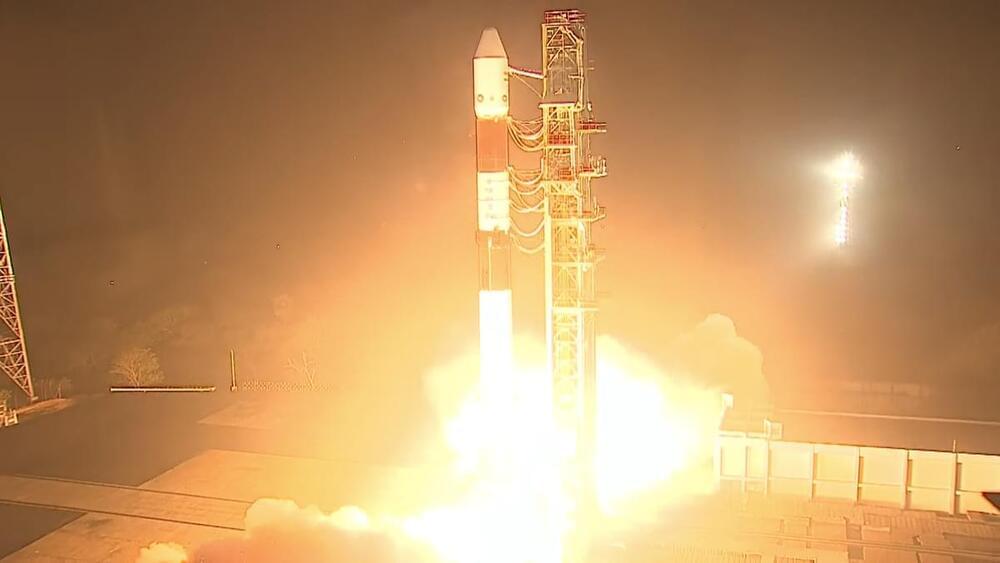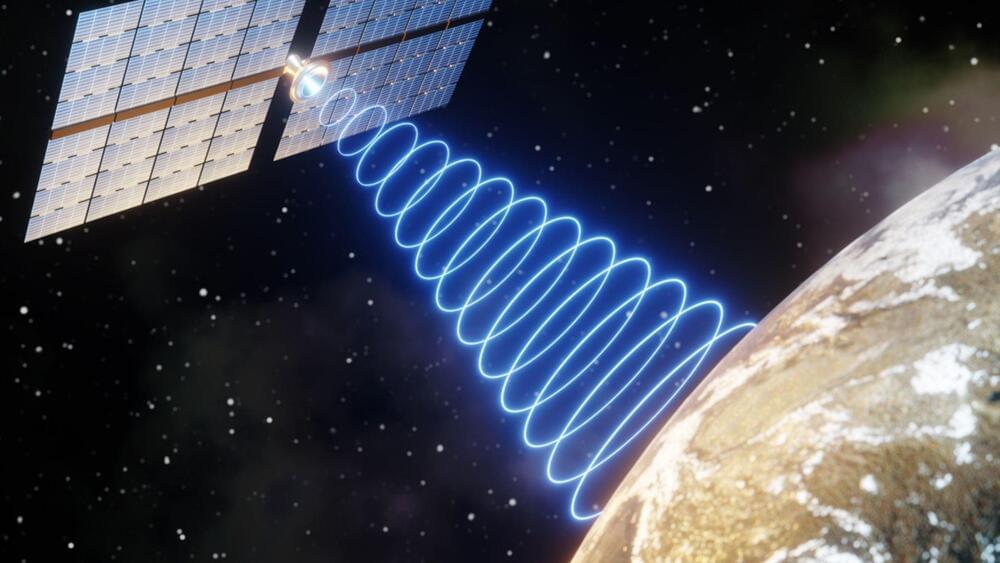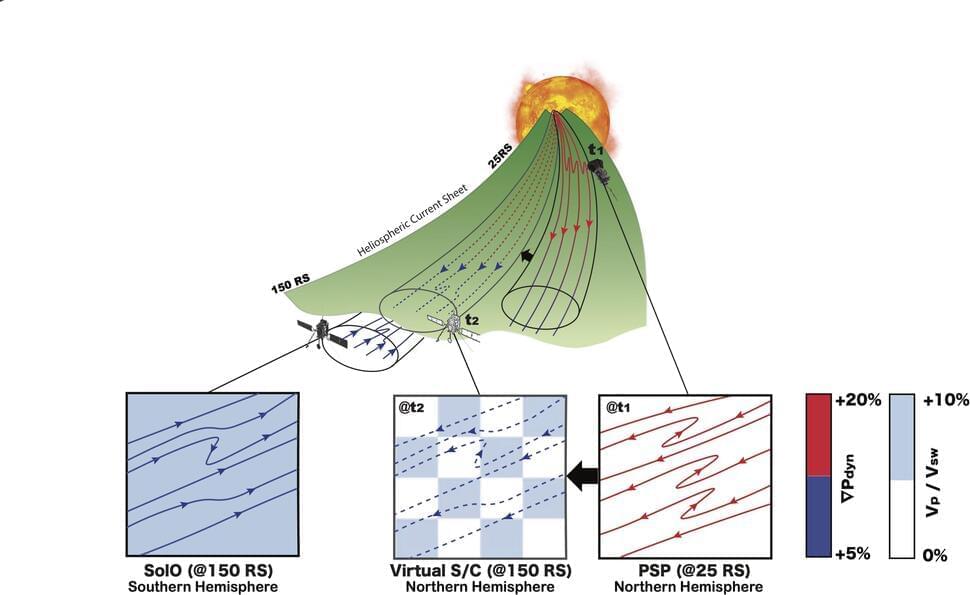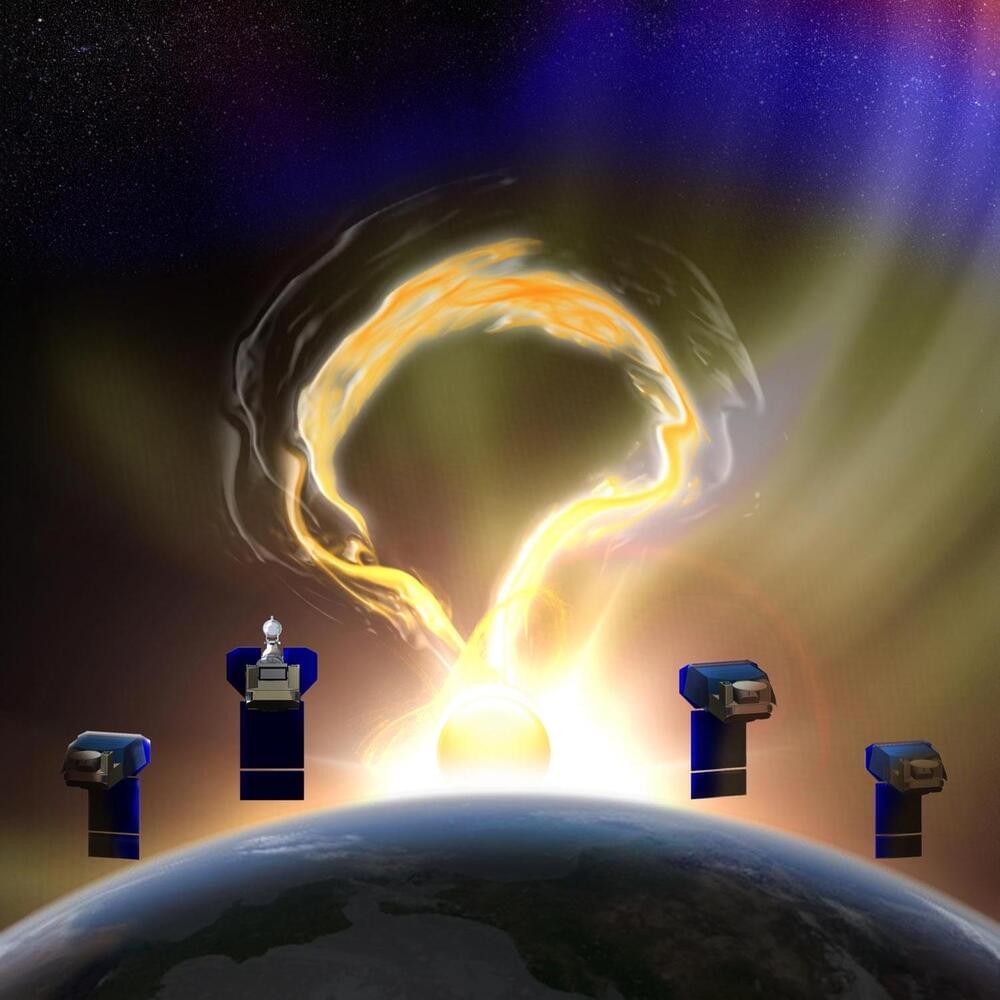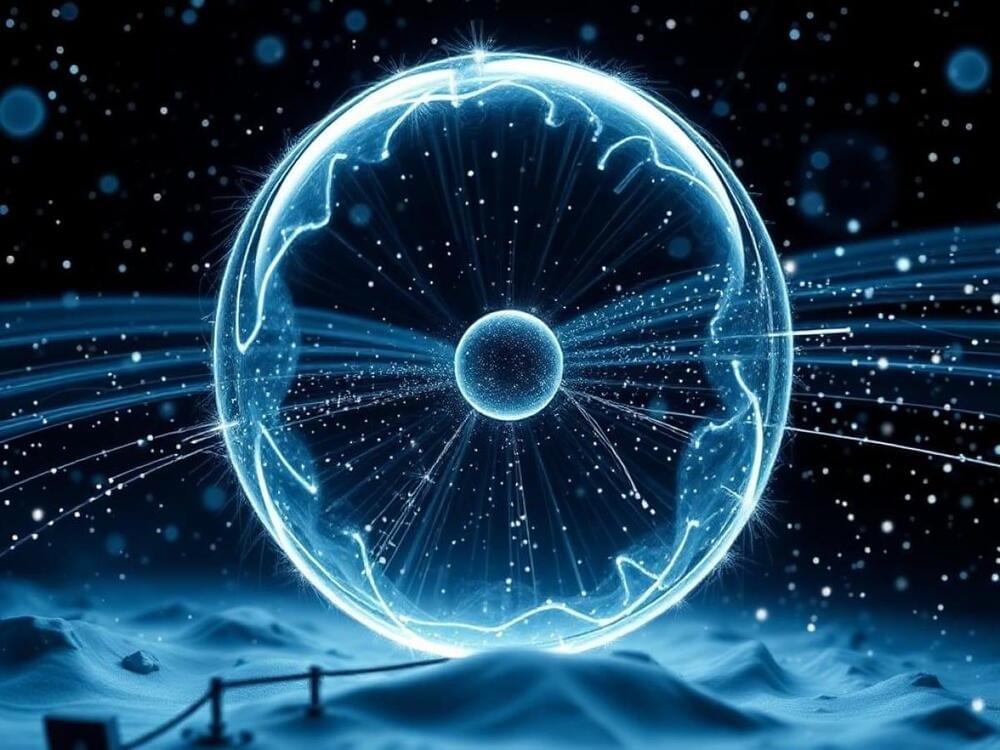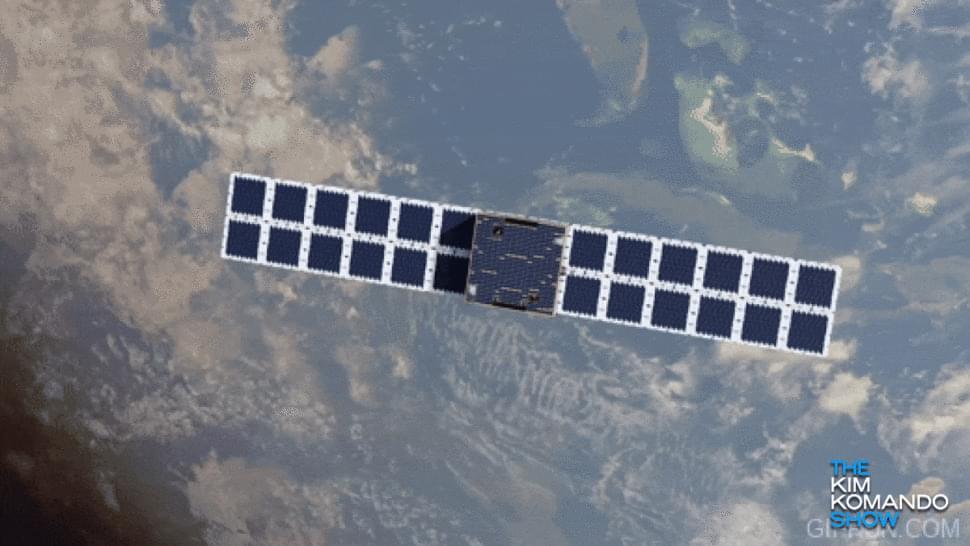“I’m really happy to announce the successful accomplishment of the launch of PSLV 60 for the SpaDeX mission,” ISRO Chairman S. Somanath said shortly after the launch in a live webcast. “The rocket has placed the satellites in the right orbit.” If all goes well, the first docking attempt could occur by Jan. 7, he added.
The SpaDeX mission is made up of two satellites, a Target and a Chaser, on a mission to test autonomous docking technology in orbit. But ISRO hopes to do more than just test automatic docking gear.
The mission also includes a secondary payload module with 24 different experiments aboard, including a small robotic arm, which are riding aboard the PSLV rocket’s fourth stage independent of the SpaDeX satellites. Scientists hope to test the arm and other payloads after docking in a payload operations demonstration while also test dual spacecraft control and power transfer between the docked spacecraft.
